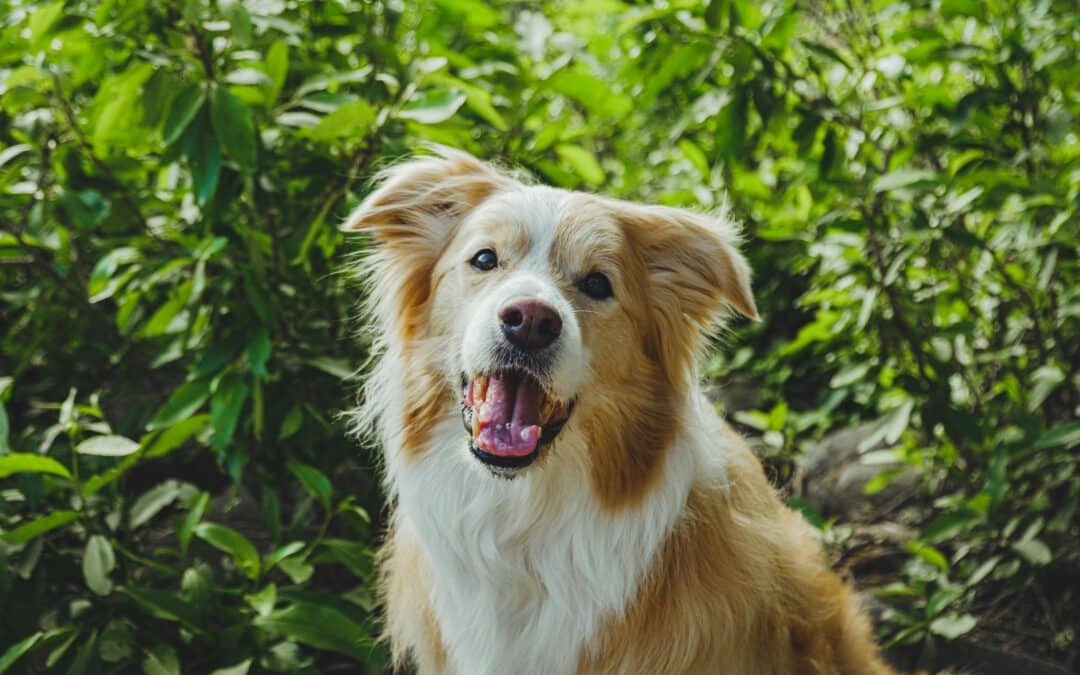Is my dog too old to train? It’s not too late to train! A Guide to Start Training an Older Dog
What is an “Old” Dog?
In the dog training world, “old” varies by breed and size. For example, large breeds often age faster than small breeds, with a Great Dane considered senior at 6-7 years, while a Chihuahua may not reach “senior” status until 10-11 years. However, dogs often become considered “senior” once they reach around seven years, though factors like health, breed, and energy levels can influence this designation. Regardless of age, most older dogs are capable of learning and responding to training cues with proper support and patience.

Adult Dogs: Known Temperaments
Training an adult dog comes with some advantages. By the time a dog reaches adulthood, its temperament is usually stable and predictable, which can help trainers and owners understand what types of training approaches will be most effective. Dogs with a history of socialization may already understand basic cues, which can make training smoother. Research has found that dogs with a stable adult temperament are generally receptive to new behaviors, as long as training is adapted to their needs (Horowitz, 2017).
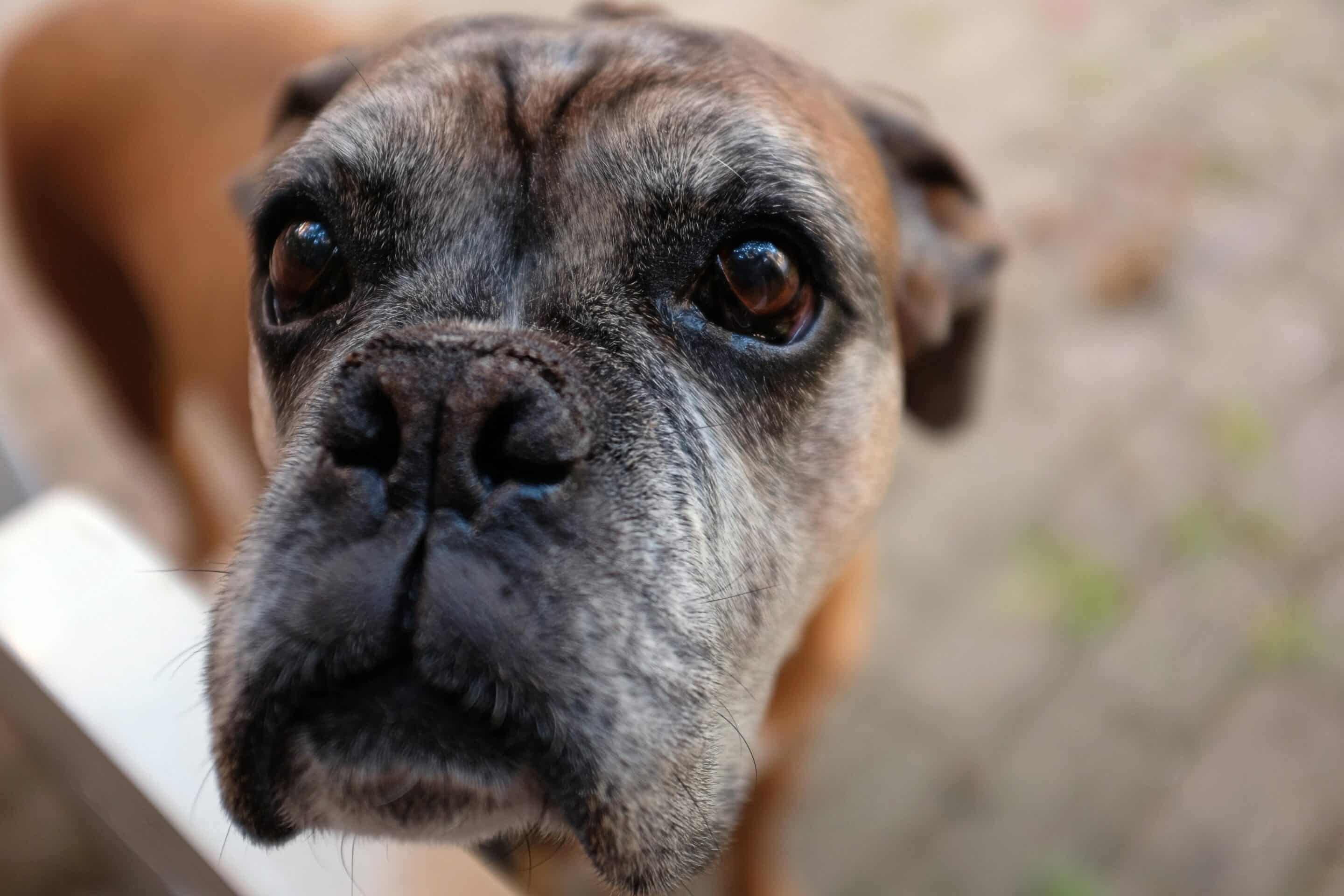
It’s Never Too Late to Train Your Older Dog
Older dogs are often just as capable of learning new skills as younger dogs. Training might take longer than with a puppy, but studies show that older dogs have the capacity for memory retention and problem-solving (Wallis et al., 2016). By recognizing the unique needs of a senior dog, owners can help build new routines that strengthen their bond and provide mental stimulation.
Can’t Teach an Old Dog New Tricks? Think Again
The saying “you can’t teach an old dog new tricks” doesn’t hold up in practice. Studies in animal cognition reveal that age does not significantly limit a dog’s ability to learn, although learning may require more consistency and patience (Range et al., 2008). Regular, positive reinforcement can counteract some age-related declines in cognitive function by keeping older dogs mentally engaged.

Senior Dogs and Learning
According to Wallis et al. (2014), senior dogs remain mentally agile when they receive regular training. Cognitive decline in dogs, similar to dementia in humans, can affect learning capacity in later years; however, enrichment activities, including training, have shown to slow these declines and help maintain cognitive function. A study by Wallis et al. (2016) found that when given repetitive and consistent cues, even senior dogs retain learned behaviors over extended periods.

Dog Training Improves Communication
Training an older dog is not just about instilling obedience—it’s a key communication tool. By training your dog, you establish a mutual understanding, which helps your dog feel secure in knowing what behaviors are expected. Through simple cues, your dog can communicate needs and respect boundaries more effectively. Good communication reduces stress and builds a positive relationship, which can be especially helpful as dogs age and rely more on consistent routines.
Patience for Bad Habits
Older dogs may come with established habits that can be harder to break. Bad habits, such as jumping up, barking, or leash-pulling, require patience and consistency to overcome. Training offers a structured approach to recondition these behaviors. A study by Herron et al. (2009) emphasized that consistent and repetitive training methods using positive reinforcement were effective for modifying even long-standing behaviors in older dogs.
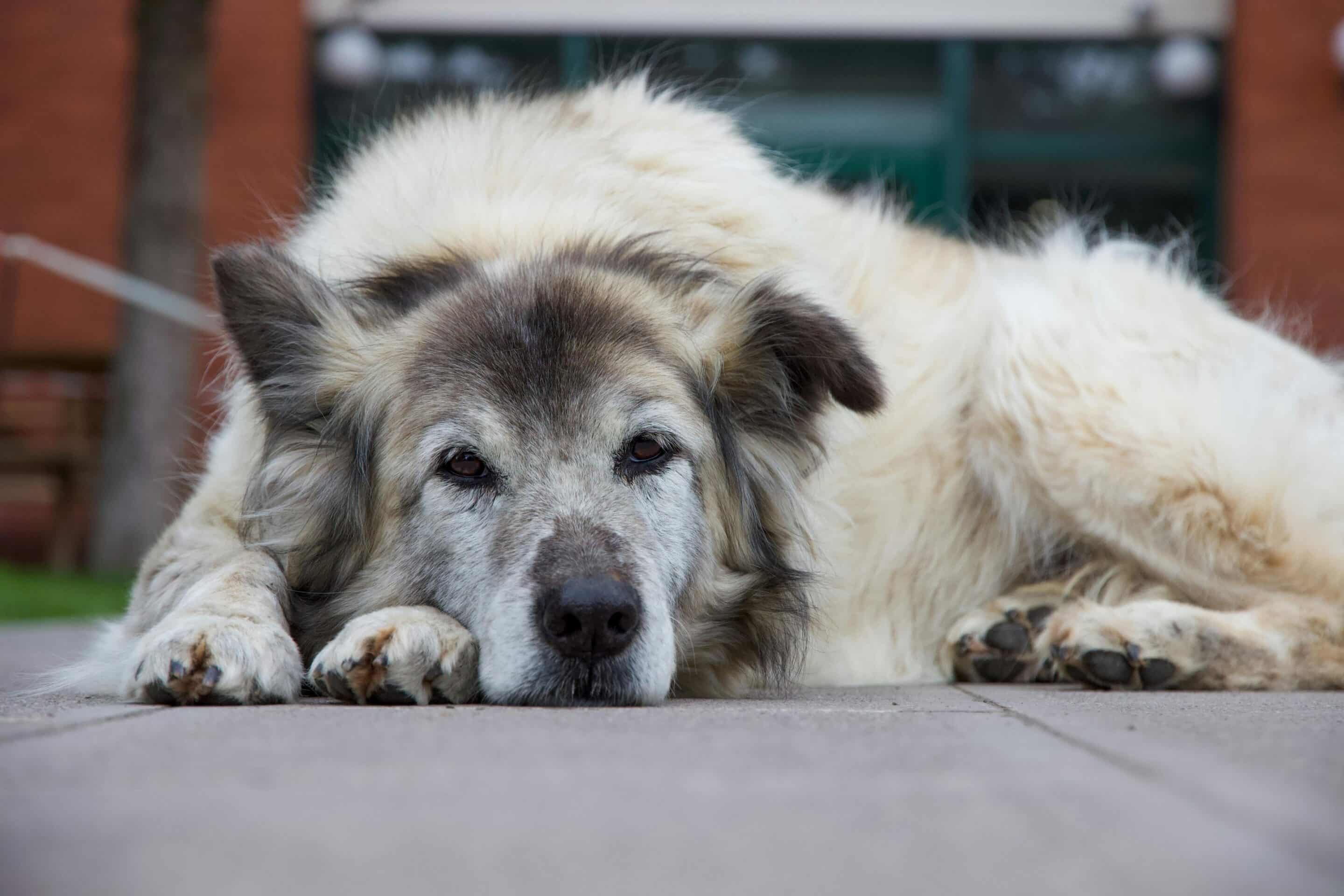
Tips for Training: Crate Training My Older Dog
Crate training can provide a safe space for older dogs, promoting a sense of security and comfort. Older dogs may take longer to adjust to a crate, especially if they weren’t crate-trained as puppies, but using positive reinforcement and gradual exposure can help. Start by making the crate a welcoming environment with soft bedding and familiar items. Always reward the dog for entering or resting in the crate to associate it with positive experiences.
Tips for Training: Housebreaking My Older Dog
Housebreaking an older dog can seem challenging, especially if they’ve had inconsistent routines or health issues that impact bladder control. Begin by establishing a regular schedule and rewarding the dog for eliminating outside. If the dog has accidents indoors, avoid punishment, as it can create fear and anxiety. The only effective method for “punishing” accidents in the home is catching the dog in the act and immediately redirecting them to potty outdoors. Reinforce desired behavior by taking the dog out frequently, especially after meals, and offer praise or treats for going outside.
Tips for Training: Leash Training My Older Dog
Older dogs may require specialized approaches to leash training, especially if they are prone to pulling. Start with shorter, controlled walks and use a comfortable harness or collar, depending on your dog’s physical condition. Allow the dog to walk at a slower pace and use treats or verbal praise to reinforce calm walking. Older dogs often respond well to calm, gentle guidance and will appreciate the added security and confidence from regular, positive interactions on leash.
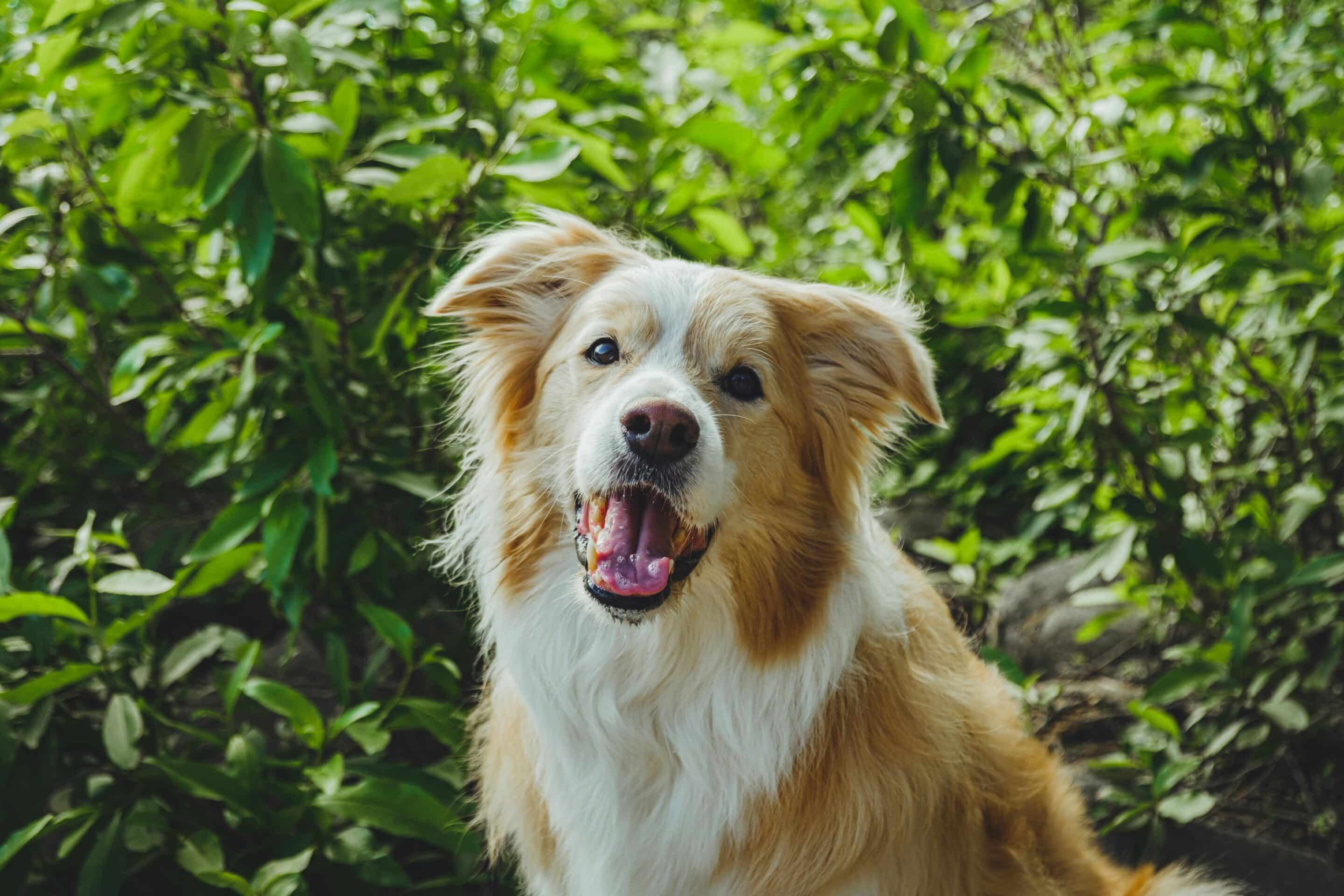
Using Positive Reinforcement for Older Dogs
Positive reinforcement is especially important for training older dogs, as it reinforces desired behaviors without inducing stress. Treats, verbal praise, and gentle petting are all effective rewards for older dogs. Studies show that positive reinforcement encourages dogs to repeat behaviors and increases their motivation to engage in training (Feuerbacher & Wynne, 2014). This approach builds trust and respect, essential for working with older dogs who may have developed some level of independence or stubbornness.
Case Study: Meet Max
Max’s Background:
Max, a 9-year-old Labrador Retriever mix, had been a bit unruly and anxious his entire life, but he’d never received any formal training. For a while, his family was able to tolerate his behavioral issues. The behavioral issues made daily life more challenging, but were managed for the most part. Max struggled with leash manners, often pulled during walks, and would bark excessively when visitors came over. He had developed some anxious behaviors that manifested as pacing, whining, and mildly destructive behavior when left alone or ignored. When his family added another dog into the mix, things came to a head and they decided enough was enough. It was time to get Max the help he needed and improve everyone’s sanity!
Max’s family sought out professional help to make his daily interactions more manageable and to ease his anxiety. They wanted to improve his leash manners, reduce his barking, and introduce crate training to provide a safe space for him when they were away. They didn’t want Max to teach the new pup his old, bad habits.
A certified trainer from Sally Said So Professional Dog Training created a tailored training plan for Max, focusing on positive reinforcement and gradual conditioning to ease his anxiety. The plan included:
-
Leash Training:
Max’s went on short, structured walks with frequent rewards to encourage calm, loose-leash walking. Over a few weeks, Max learned to associate loose leash walking with treats and praise, significantly reducing his pulling behavior. -
Barking Reduction:
To address Max’s barking at visitors, the trainer taught him an alternative behavior, such as “go to your place.” Max was rewarded for going to his place and staying there whenever guests arrived. After consistent practice, Max began to understand that remaining calm on his place earned him treats, and his barking dramatically reduced. -
Crate Training for Older Dogs:
Max had never used a crate before, so gradual steps were taken to introduce it positively. Initially, the crate was left open with his favorite blanket and some treats inside. Over time, Max began to view the crate as a safe space rather than something unfamiliar or intimidating. Additional steps were taken to teach Max how to stay in the crate and remain calm when left alone. -
Positive Reinforcement
Positive reinforcement was central to Max’s training. To help with his anxiety, a consistent, predictable routine was created and followed. Over time, these positive experiences stacked and helped Max develop confidence, reducing his pacing and whining when left alone.
Results:
After three months of consistent training, Max showed significant improvements. His leash manners were much improved, with minimal pulling, even in stimulating environments. Max’s barking decreased by over 70%, and he began using his place as a calm spot during visits from guests. His newfound comfort with the crate also provided relief from his separation anxiety. His family was thrilled with his progress and found that Max’s quality of life had significantly improved due to the structured training. Their new dog now has a wonderful example to follow and they don’t need to worry about the old dog teaching the new dog bad habits!
References
- Feuerbacher, E. N., & Wynne, C. D. (2014). The Effects of Positive Reinforcement and Negative Reinforcement on Dog Behavior. Journal of Veterinary Behavior.
- Herron, M. E., Shofer, F. S., & Reisner, I. R. (2009). Retrospective evaluation of the effects of behavior-modification techniques on problem behaviors in dogs. Journal of the American Veterinary Medical Association.
- Horowitz, A. (2017). Being a Dog: Following the Dog Into a World of Smell. Simon & Schuster.
- Range, F., Aust, U., & Huber, L. (2008). Canine cognitive research: The owner’s guide to dog behavior research. Journal of Veterinary Behavior.
- Wallis, L. J., Range, F., Kubinyi, E., & Huber, L. (2016). Cognitive decline in aging dogs: Canine and human parallels. Journal of Veterinary Behavior.
- Wallis, L. J., et al. (2014). Aging effects on discrimination learning, logical reasoning, and memory in pet dogs. Journal of Veterinary Behavior.
Sally Said So Can Help! Start Training Your Dog Today!
Training an older dog can be a rewarding experience for both you and your dog. If you need guidance on training techniques, Sally Said So provides expert training services tailored to older dogs’ needs. Our trainers specialize in gentle, effective methods that work with your dog’s temperament and physical capabilities. Reach out to Sally Said So and start improving your bond and communication with your dog today!
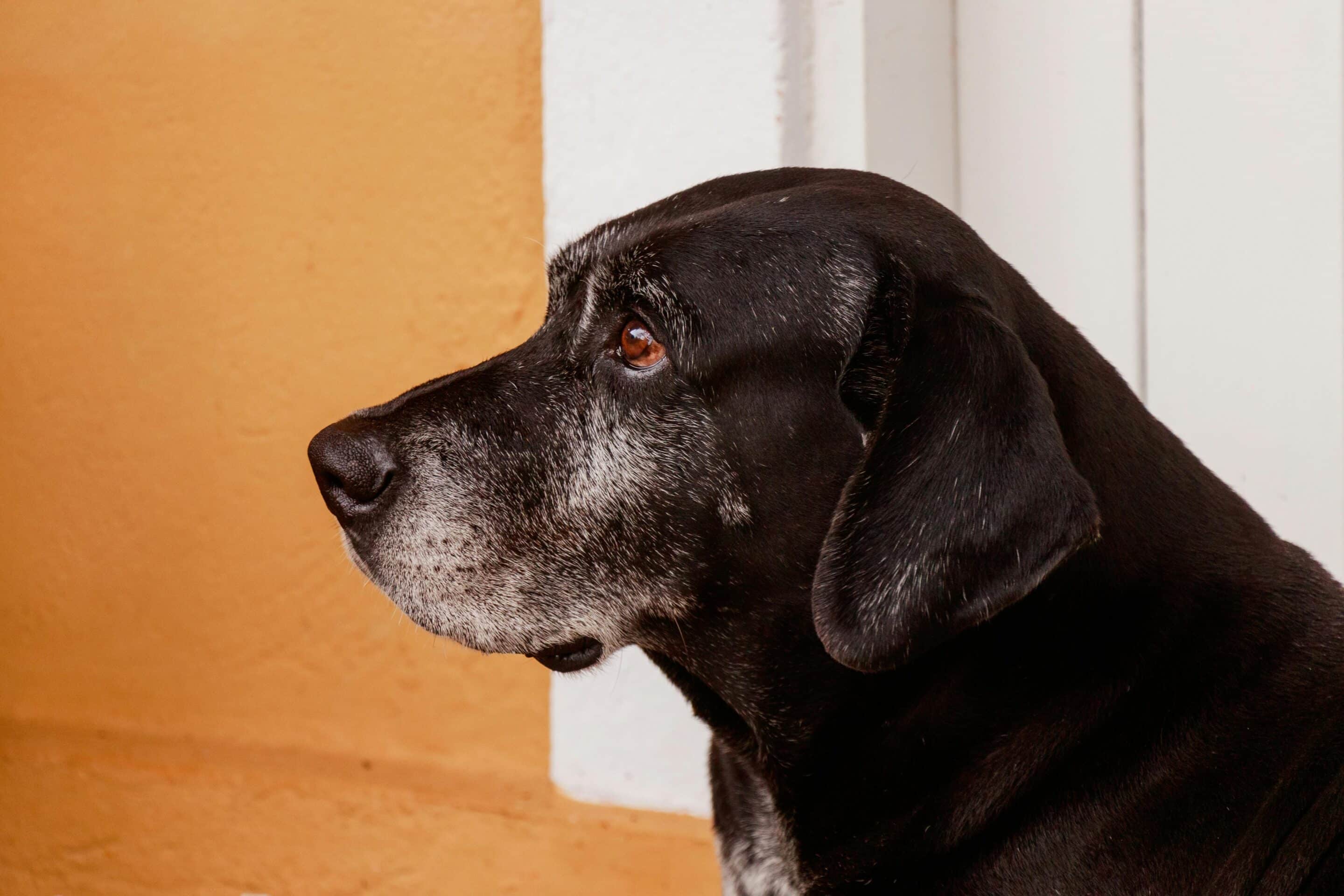
Contact Us
What Sets Sally Said So Apart?
We’ve been successfully helping dogs and owners resolve miscommunication and behavioral issues since 2009. We believe there are no bad dogs, just poor communication. We find that private dog training at the start of the process works since dogs and owners learn best in low-distraction environments. Once they have the training tools they need, we bring them into the real world. In our premier programs, we commit to your dog for their life which ensures you always have the support you need.
Sally Said So’s mission is to help more dogs by educating dog owners, supporting dog rescue, and empowering veterinary professionals across our state.

